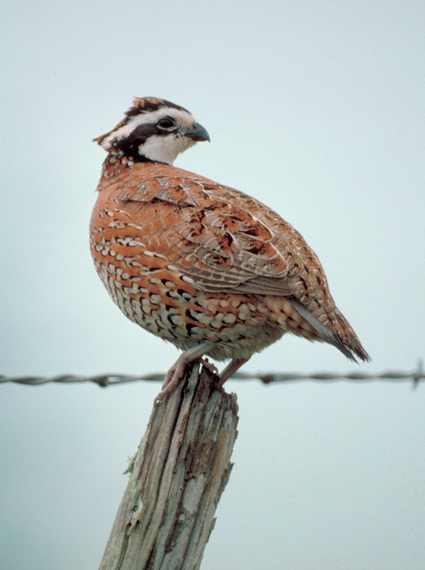
AUSTIN, Texas – A new system in Texas state parks that are part of the World Birding Center network in the Lower Rio Grande Valley will allow bird watchers to record their sightings and use an online, interactive database to see what other birders have reported, creating a continuously updated record of bird observations for each site where it is featured.
The network, called the eBird Trail Tracker, was developed by the Cornell Lab of Ornithology and the National Audubon Society, is currently based at three states parks in Texas and will eventually expand to most of the nine WBC sites. There are 20 eBird kiosks located throughout the nation.
The WBC site in Weslaco, Estero Llano Grande State Park, in 2007 became the first location in the nation outside of Cornell to install an eBird kiosk. Kiosks at the WBC headquarters in Mission, Bentsen-Rio Grande Valley State, and at Resaca de la Palma State Park in Brownsville also are up and running. Birders can access the kiosks at all three parks in the Visitors Center.
The eBird database also can be accessed via the Texas eBird Web site. Sightings entered in the state park kiosks appear on the Texas eBird Web site and conversely those entered on the Web site are displayed on the kiosks. Biologists and ornithologists can use the data logged in the system to map out bird populations and distribution, and coordinate conservation efforts.
“It’s an easy, user-friendly way for our visitors to get an update on the species they are interested in seeing and then share their experiences with future visitors,” said Jennifer Owen-White, South Texas state parks regional interpretive specialist. “People enjoy mapping their sightings and comparing them to what others have seen, plus the new sound and photographic features make it an excellent educational tool. The more people who use it, the better information we have.”
In addition to logging bird sightings and locations, users can view photos and listen to audio recordings of bird songs. The system also helps visitors who aren’t familiar with birds identify what species they have seen.
“Visitors can come in and see what birds have been sighted in the past day, two days, week, month, etcetera,” Owen-White said. “Then they can look at where the sightings occurred on a map of the park. They can look up pictures of birds, listen to bird songs and find information about birds—and soon there will be video. Then, they can input information about what they have seen and send it in an e-mail. Plus, since the information is online, they can actually plan their visit before they even go to the park.”
– SOURCE TPWD


